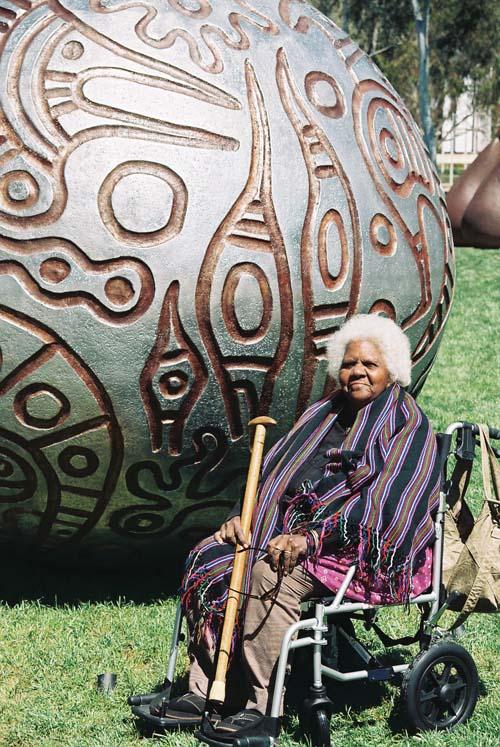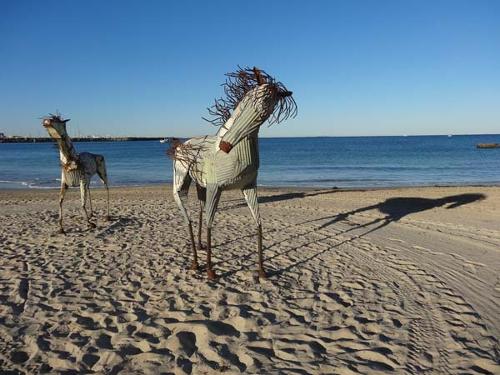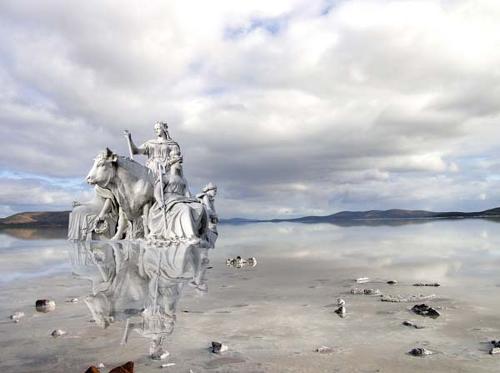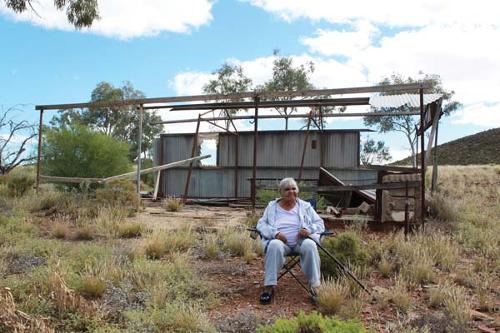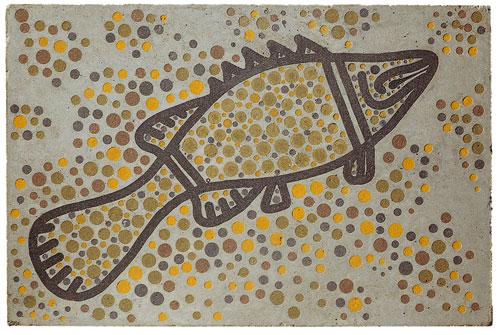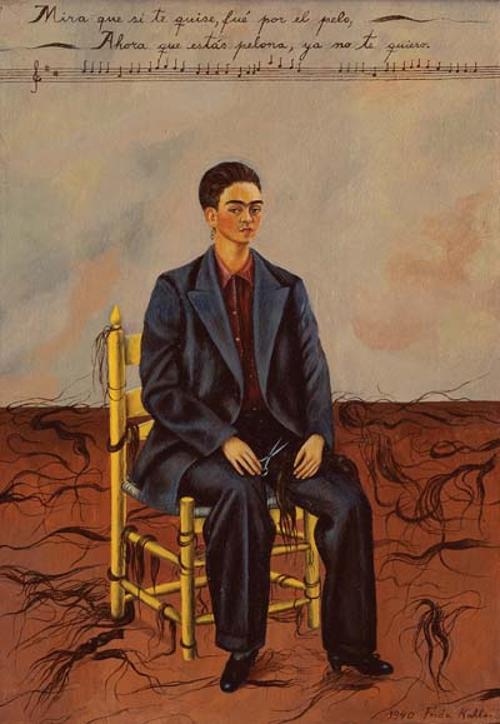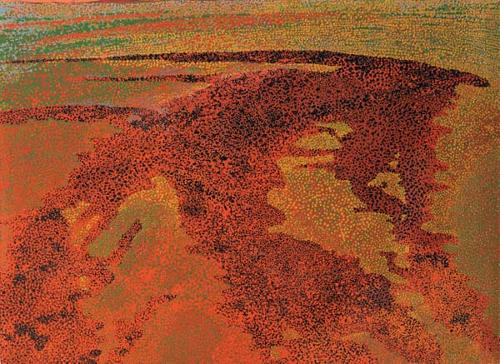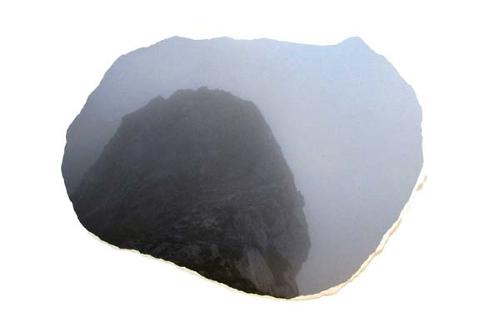Search
You searched for contributors, issues and articles tagged with Material Practice ...
Contributors
Issues
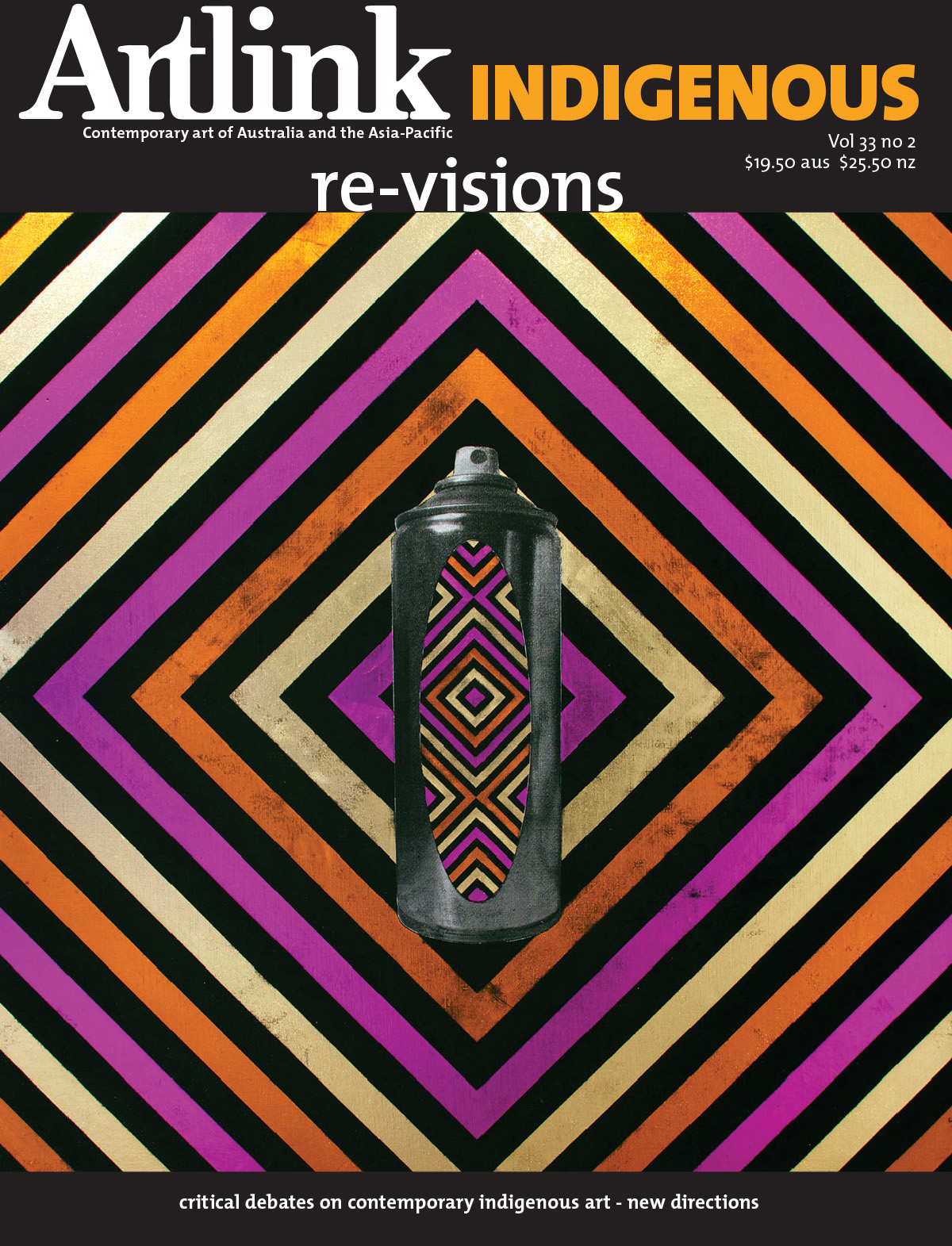
Articles
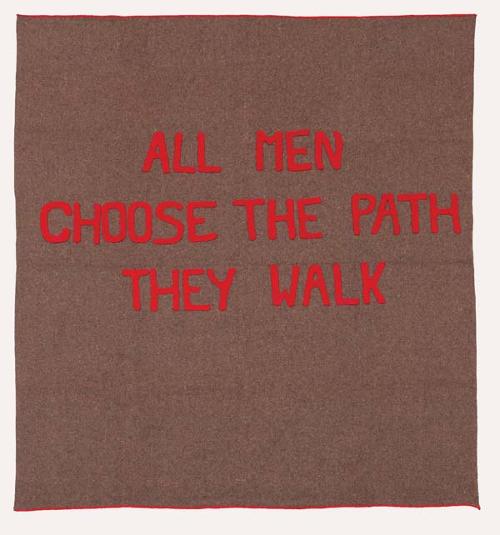



Editor Daniel Browning interviews artist Vernon Ah Kee who discusses the lack of criticism of Aboriginal art and the abundance of 'mass production' Aboriginal art emanating from remote communities seen by some as 'real Aboriginal art' but in the eyes of Ah Kee simply and uncritically playing into false romantic notions of the lives of Aboriginal people.

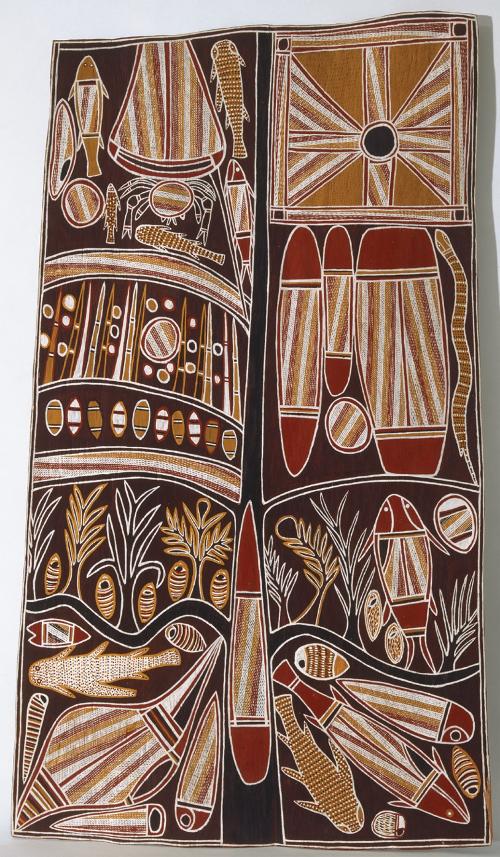


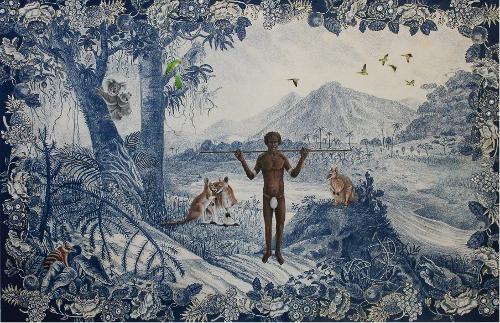







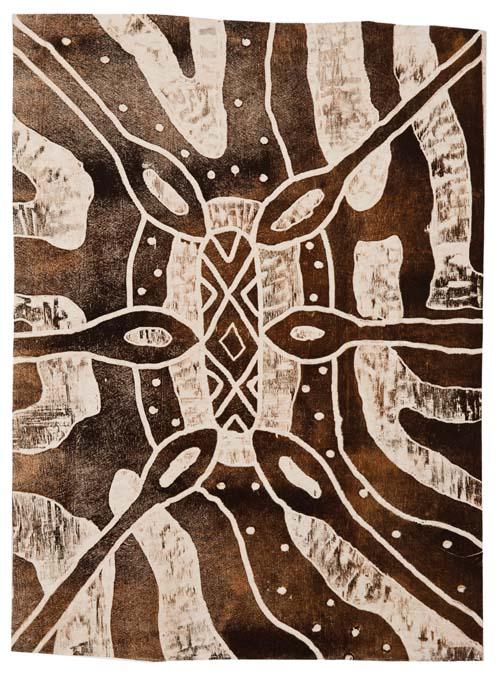
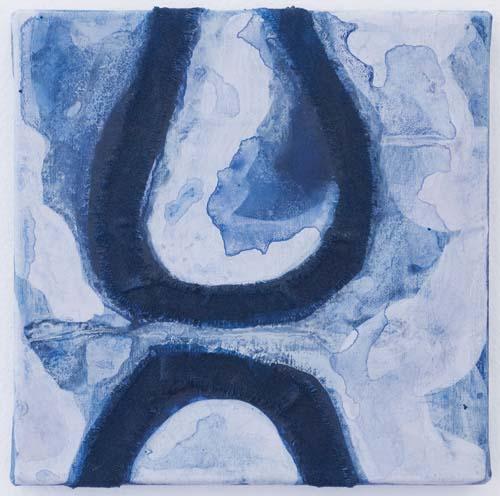


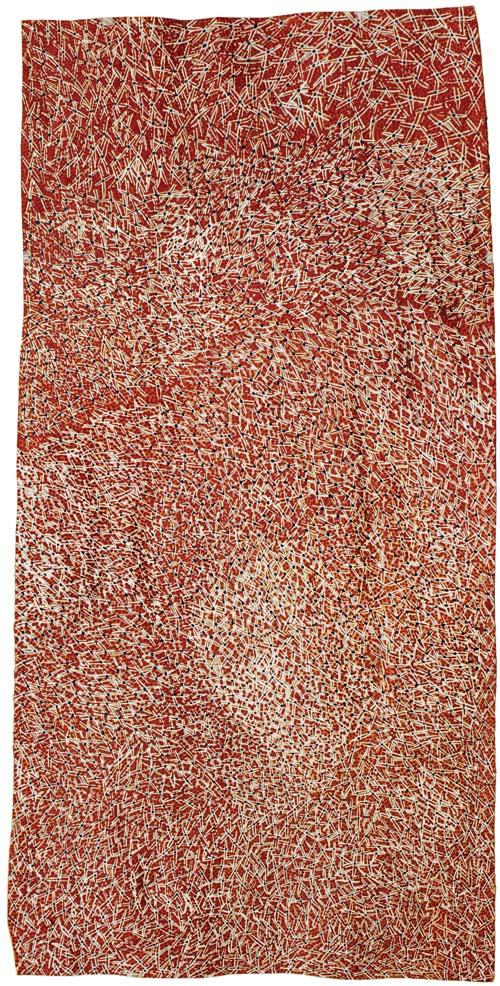


Pam was a proud Bundjalung woman. An artist, mother, grandmother, sister and friend to many, a long-term resident of Sydney’s Woolloomooloo, she was a true leftie, advocating for social justice, equality and the rights of minority groups.

